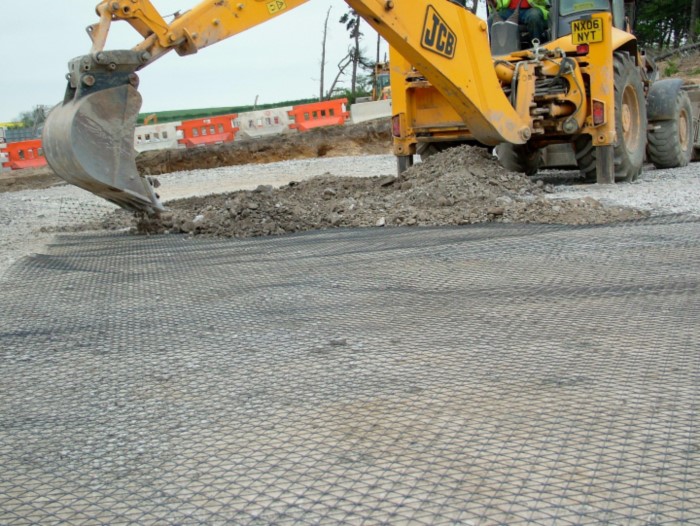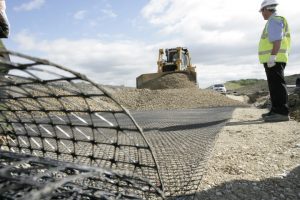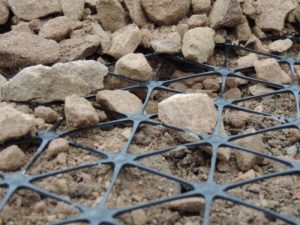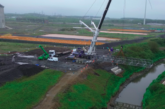
The rising cost of aggregate is driving construction firms to seek out more cost-effective solutions, figures suggest.
Data from the Construction Trade Survey and the Department for Business, Energy and Industrial Strategy (BEIS) highlights an increase in cost of aggregate and other construction materials since 2010. Between 2010 and 2017, the average price of construction material rose 11.7 per cent, according to the Office for National Statistics (ONS). Over that same period, the price of sand and gravel saw a hike of 26.6 per cent.
This is set against a general drop in sales for sand and gravel over the last decade. ONS data shows almost 78 million tonnes of sand and gravel was sold in 2006, compared with the figures for 2016, which saw slightly less than 57 million sold.
With the cost of transporting building materials increasing in line with fuel rises, aggregate has been described as the hidden cost driver among construction materials. However, the construction industry has been hard-pressed to combat these price increases, especially since aggregate plays such a crucial role in concrete, construction fill, road construction and maintenance.
hidden cost driver among construction materials. However, the construction industry has been hard-pressed to combat these price increases, especially since aggregate plays such a crucial role in concrete, construction fill, road construction and maintenance.
One solution for firms looking to reduce their reliance on aggregate is to look at alternative technologies, such as geosynthetics and, in particular, geogrids. Geogrids are a polymer-based geosynthetic formed from interlocking geometric shapes. Incorporating geogrids in temporary working platforms, access roads and permanent roads can reduce the volume of aggregate needed (in some cases by up to 50 per cent) and enable construction over weak ground.
The use of geosynthetics such as geogrids and geotextile has been steadily increasing over the last 30 years. “We are certainly seeing a growing acceptance of designs incorporating geogrids,” says Craig Roberts, Tensar Product and Technology Manager Walls and Slopes. “Clients, designers and contractors are realising just how beneficial they can be in improving construction efficiency, in mitigating ground risk and in reducing delays.”
 Data shows that geosynthetics saw a worldwide growth of 8.9 per cent between 2012 and 2017. The study, from the BAM Federal Institute for Materials Research and Testing, identifies the major benefits to be: savings through substitution or reduction of materials such as aggregate; savings due to ease of installation and reduced construction times; increased material longevity or reduction of maintenance; and improved sustainability. Such savings could be a deciding factor in whether or not struggling UK construction companies manage to stay afloat as the downturn in UK construction remains on track.
Data shows that geosynthetics saw a worldwide growth of 8.9 per cent between 2012 and 2017. The study, from the BAM Federal Institute for Materials Research and Testing, identifies the major benefits to be: savings through substitution or reduction of materials such as aggregate; savings due to ease of installation and reduced construction times; increased material longevity or reduction of maintenance; and improved sustainability. Such savings could be a deciding factor in whether or not struggling UK construction companies manage to stay afloat as the downturn in UK construction remains on track.
“The construction industry is under increasing pressure to deliver more for less,” Mr Roberts says. “It is essential for developers and infrastructure owners to maximise land use, minimise construction costs and deliver projects as quickly as possible, while maintaining profitability. Alternative ground engineering solutions, such as those incorporating geogrids, can go some way to helping achieve these ambitions.”
For further information on Tensar International click here








